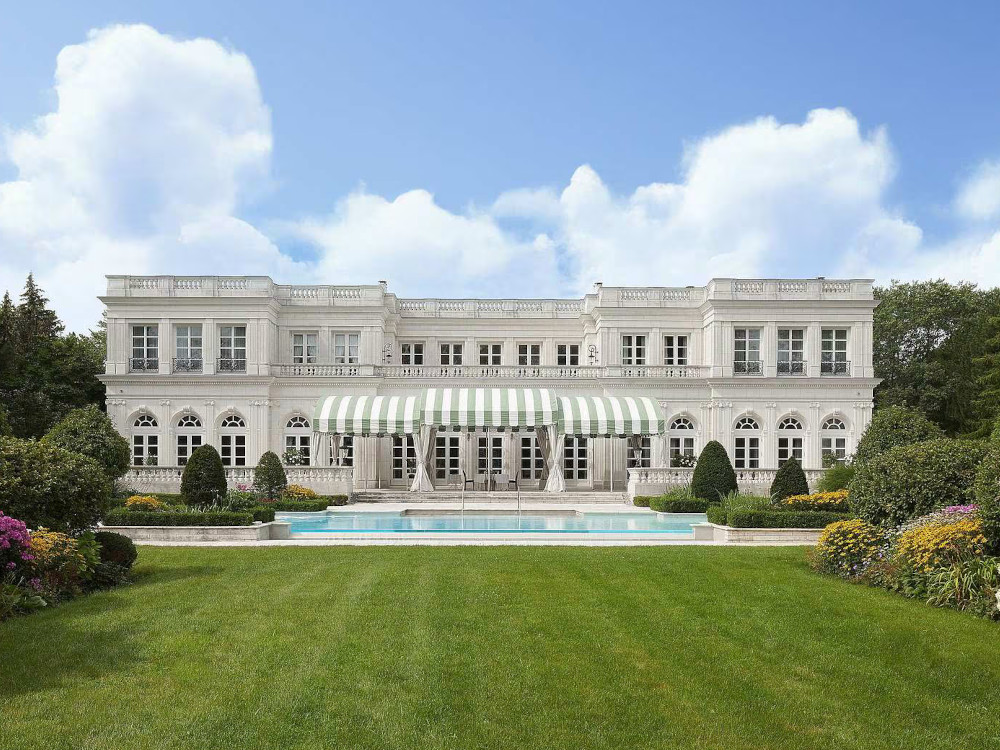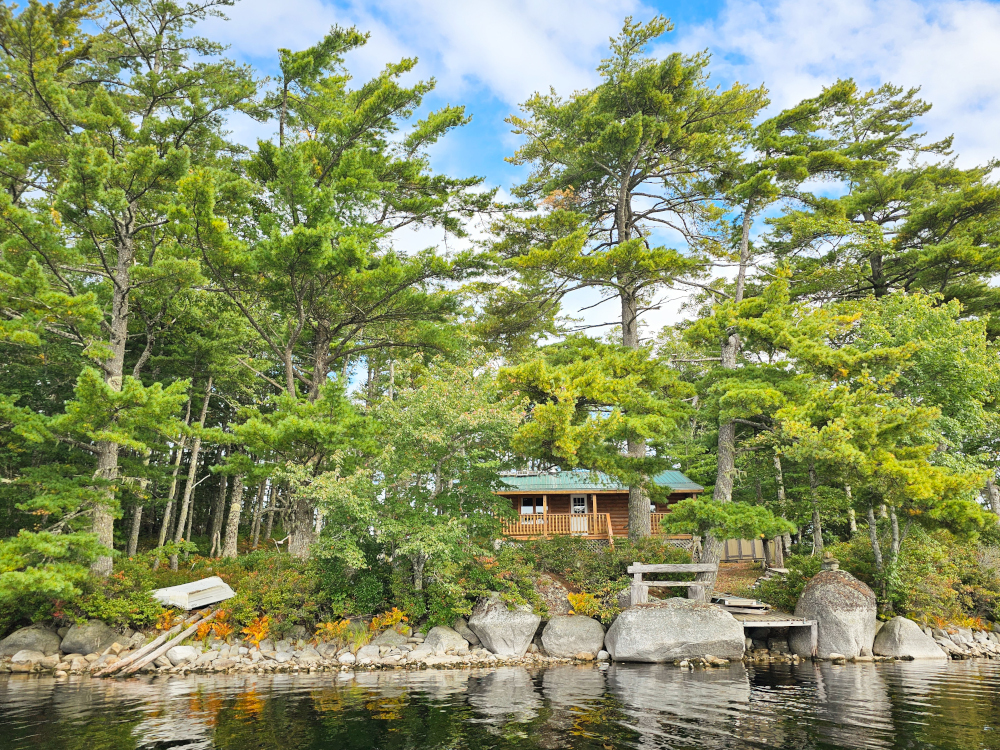This is part of our Special Report on Real Estate in Canada and around the world. To see all the articles so far, click here.
Toronto’s Bridle Path neighbourhood is not just one of the wealthiest in Canada. It’s also among the hottest for home sales. The number of properties sold in the $10 million-plus range has risen 200 per cent year-over-year, says Adrienne Lake, managing broker at Corcoran Horizon Realty.
“This incredible growth shows how insulated certain neighbourhoods are,” she adds.
Despite a backdrop of global economic uncertainty, tariffs and shifting domestic policies, Canada’s luxury housing market is showing remarkable resilience. While more mainstream segments have slowed due to affordability challenges, rising interest rates, foreign buyer restrictions and other factors, the country’s most exclusive properties continue to attract high-net-worth buyers who see luxury real estate as both a lifestyle investment and a safe haven for wealth.
According to Toronto-based Gavin Swartzman, president of Christie’s International Real Estate, these buyers are typically less reliant on financing, which insulates them from interest rate hikes that deter conventional purchasers.
“Many also view prime real estate as both a long-term investment and a hedge against inflation—a tangible asset that preserves wealth when equity markets are volatile.”
This divide between constrained middle-market buyers and affluent purchasers who see opportunity in volatility has become a defining differentiator in the housing markets explored below.
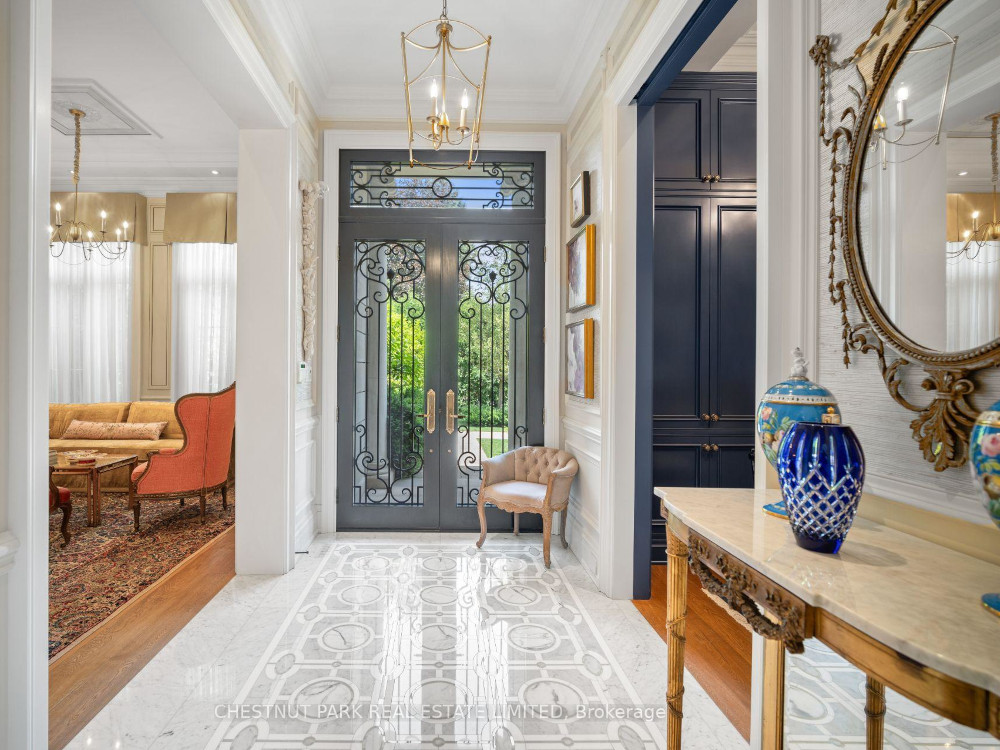
Toronto: Ultra-luxury defies slowdown
Canada’s largest city is also the one where real-estate contradictions are most apparent.
Sales of luxury freehold homes across the Greater Toronto Area have remained strong this year, with 162 properties with a sales price of $5 million or more having been sold as of mid-August, says Chris Kapches, CEO of Chestnut Park Real Estate.
“There are also unquantifiable numbers of off-market sales in that category at substantially higher prices,” Kapches adds.
Still, he acknowledges that “prices have moderately declined, inventory has dramatically increased, and demand has clearly declined” during a post-pandemic correction. Luxury condominiums, in particular, are selling slowly, with only 13 sales above $5 million so far in 2025.
Kapches points to uncertainty as the greatest threat to momentum. Yet, record-setting equity markets have offset that uncertainty, keeping demand alive at the very top.
Adrienne Lake believes these buyers are motivated by lifestyle and legacy rather than speculation. “They’re not investors, they’re creating a way of life for their families. That makes them less affected by market jitters than the average buyer.”
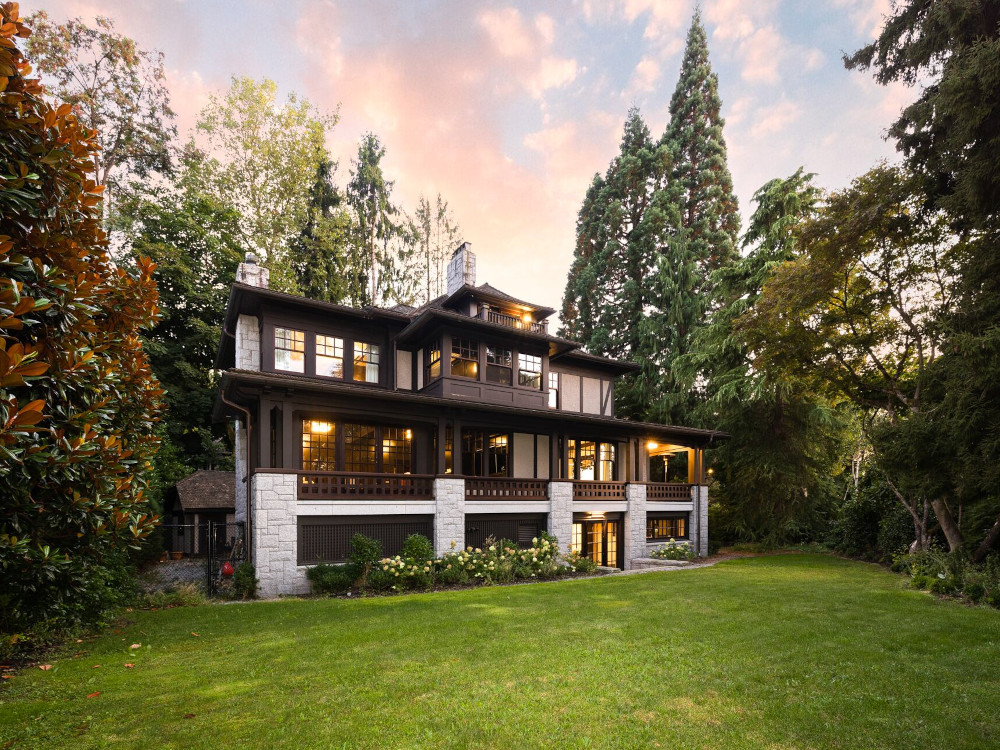
Vancouver: Established enclaves hold
The country’s most globally recognized luxury market continues to see established neighbourhoods dominate. According to Faith Wilson, of the Faith Wilson Realty Group Inc., West Side enclaves such as Kerrisdale, Shaughnessy and Point Grey remain perennial favourites. West Vancouver’s waterfront properties are also consistently in demand.
Luxury condos, however, are experiencing mixed results.
“Developments with standout architecture, premium amenities and unobstructed views still attract interest,” Wilson says. “But sales velocity has slowed compared to the past two years, and some buyers are waiting for price adjustments. Condos are also facing competition from high-end townhomes and single-family residences.”
Lake echoes this trend more broadly. “Luxury buyers are increasingly drawn to privacy and space, especially post-pandemic. We’re seeing more interest in large estates close to major cities, properties that provide both seclusion and accessibility.”
She points to a recent $8.8 million sale in Woolwich, Ont., near Waterloo, as an example. “Nearly 10,000 square feet on 80 acres with two ponds. It offers complete privacy but is only an hour from Toronto. For those who can afford it, why wouldn’t you choose that?”
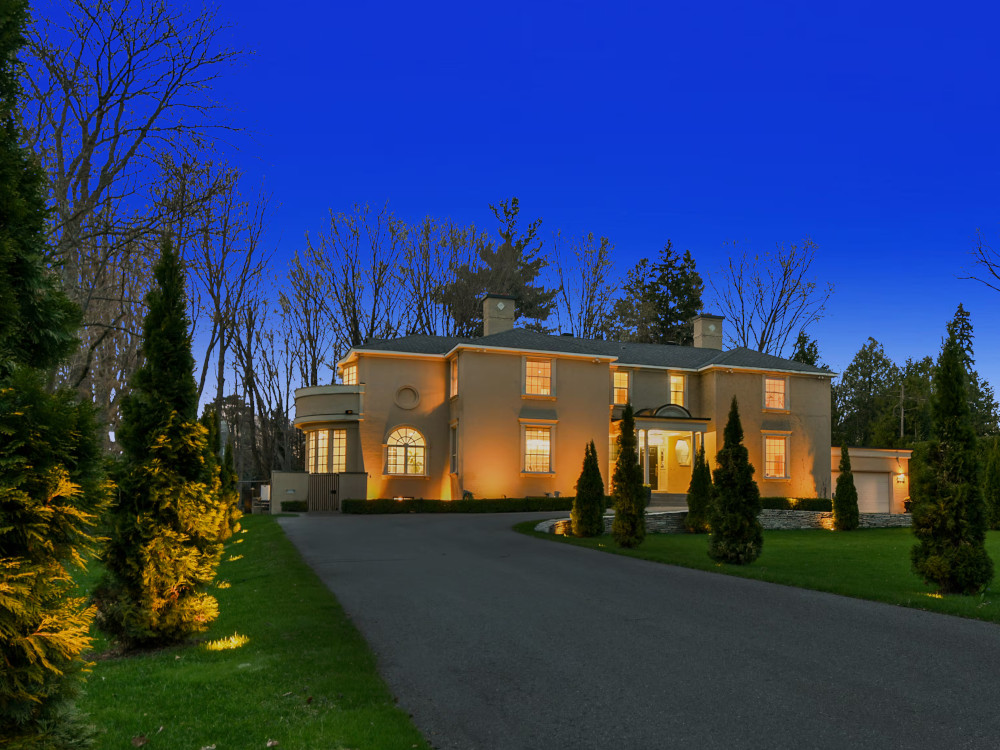
Montreal and Ottawa: Elegant alternatives
Montreal has quietly become a rejuvenated hotspot for affluent buyers. They are being drawn to prestigious districts such as Westmount and Outremont, where heritage homes carry the same gravitas as in Toronto’s Rosedale or Forest Hill.
Two-hundred kilometres away, in Canada’s capital city, a mix of political, entrepreneurial and sporting elites are keeping luxury neighbourhoods vibrant.
Marilyn Wilson, owner of Marilyn Wilson Dream Properties, says Rockcliffe Park, Manotick, Dunrobin and the Glebe are especially sought-after. “Rockcliffe Park is elegant and park-like, located just two miles from Parliament Hill,” she explains. “Dunrobin and Manotick offer larger acreage properties, while the Glebe provides a walkable urban lifestyle close to the Rideau Canal.”
Ottawa’s luxury condo segment, she notes, is softer but still features standout offerings, including penthouses with rooftop pools and private terraces.
Calgary: Quiet strength in the West
Often overlooked compared with Toronto and Vancouver, Calgary’s luxury market is quietly thriving. While the city’s broader real-estate activity has mirrored national trends of moderation, the upper tier tells a more robust story.
According to Lake, Calgary has seen notable gains. “At the $1 million price point, sales are up 3 per cent, but in the $4 million-plus category they’ve surged an amazing 43 per cent.”
This momentum underscores the city’s growing appeal among affluent buyers, many of whom are drawn to Calgary’s combination of lifestyle and value. “Luxury in Calgary comes at a relative discount compared to Toronto or Vancouver, making the city’s high-end neighbourhoods attractive to both local and out-of-province buyers,” Lake says.
The Maritimes: Emerging lifestyle markets
While Canada’s most established luxury centres are clustered in Ontario, Quebec, Alberta and British Columbia, the Maritimes are quietly drawing attention from affluent buyers looking for natural beauty and lifestyle over marquee prestige.
Lake points to Nova Scotia in particular. “I wouldn’t say Halifax has a strong high-net-worth draw yet, but there are really beautiful spots like Mahone Bay that offer incredible lifestyle appeal,” she says.
For buyers accustomed to the density and pace of Toronto, Vancouver or Montreal, the Maritimes offer something different: seaside towns, historic architecture and a slower rhythm of life. Waterfront estates along Nova Scotia’s South Shore or Prince Edward Island’s red-sand coasts may not command Toronto- or Vancouver-level prices, but they increasingly attract those looking for unique retreats or retirement havens.
“The draw here is less about legacy neighbourhoods and more about exclusivity through setting, with oceanfront privacy, heritage character and connection to community,” Lake says, adding that the coastal region’s momentum should continue as long as remote work and flexible lifestyles endure. On that note…
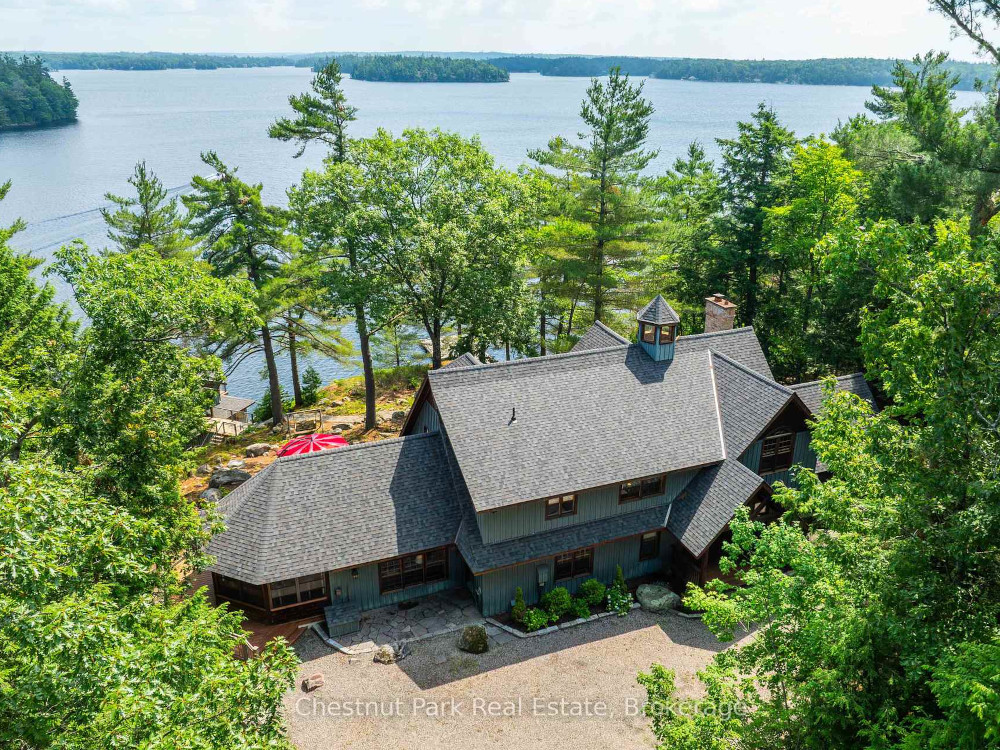
Beyond the metros: Muskoka, Niagara and Prince Edward County
While Canada’s largest cities dominate, secondary luxury markets are thriving as buyers seek alternatives to crowded urban cores. Lake highlights Muskoka as a long-established draw. “They’re no longer cottages; they’re full-scale mansions on the lakes,” she says.
At the same time, she points to Niagara and Prince Edward County as emerging options.
“Prince Edward County has become a real draw for GTA buyers, and Niagara also has hidden gems beyond Niagara-on-the-Lake in smaller communities with incredible lakefront properties. These aren’t always easy to sell because people gravitate to Muskoka, but for buyers seeking uniqueness, they’re perfect.”
The demographic shift of retiring baby boomers is also shaping demand. “Some will downsize to condos in Toronto,” Lake notes, “but many are seeking peace and space outside the city. They might keep a pied-à-terre in the core for culture and family visits, but their main residence is increasingly in places that offer serenity.”
Adam Bisby is a Toronto-based writer, editor and consultant who contributes regularly to national and international publications such as the National Post, The Globe and Mail, the Toronto Star, MSN and SHARP magazine. Over the last 30 years he has written about real estate and housing, finance and investment, technology, food and wine travel, and health and wellness, among other areas. He began contributing to Canadian Family Offices in 2021.
Get our new quarterly newsletter about real estate: Canadian Family Offices’ new newsletter will bring you key insights, trends and expert perspectives. Click here to subscribe to stay ahead.
Please visit here to see information about our standards of journalistic excellence.

